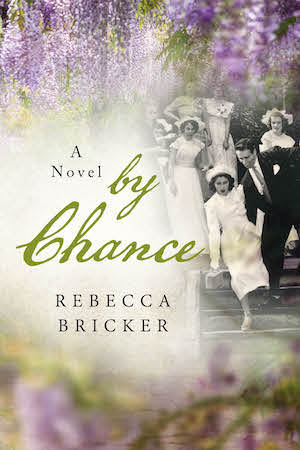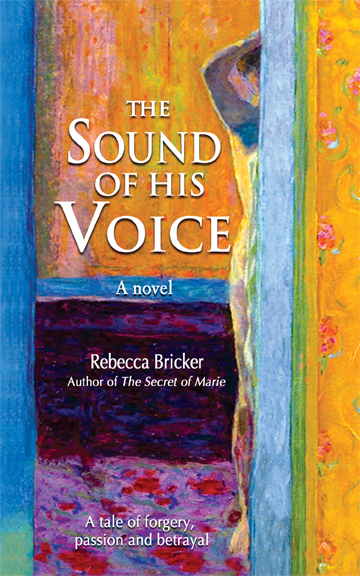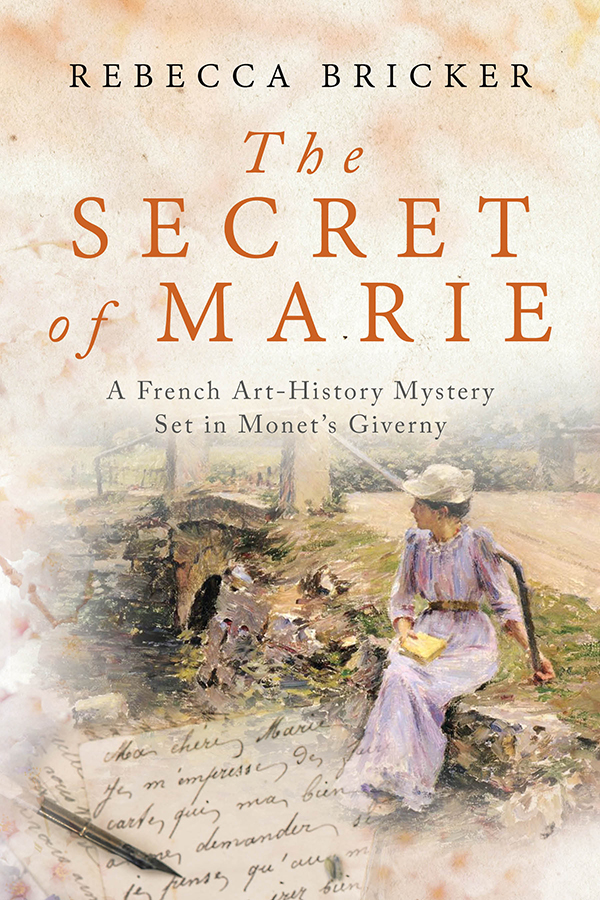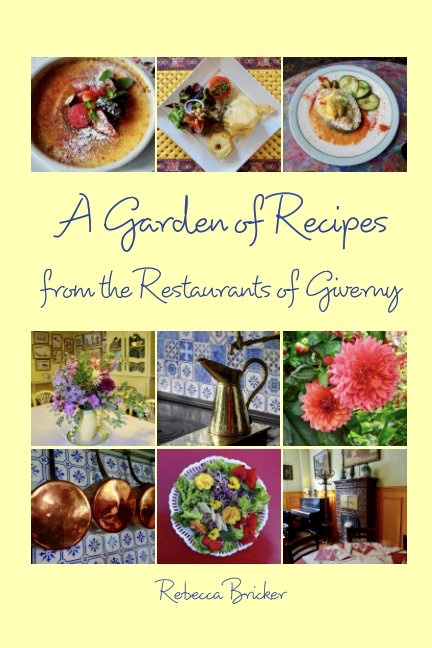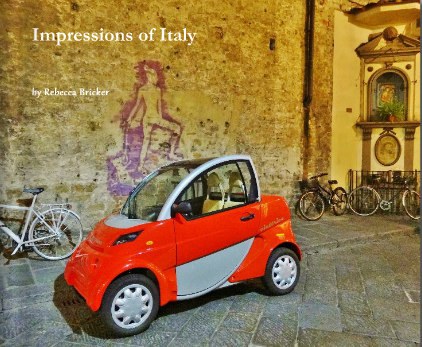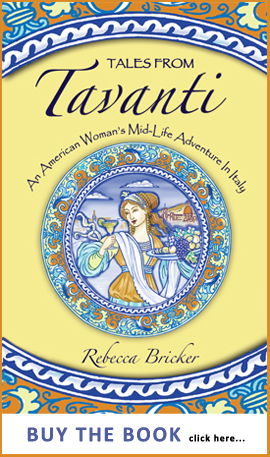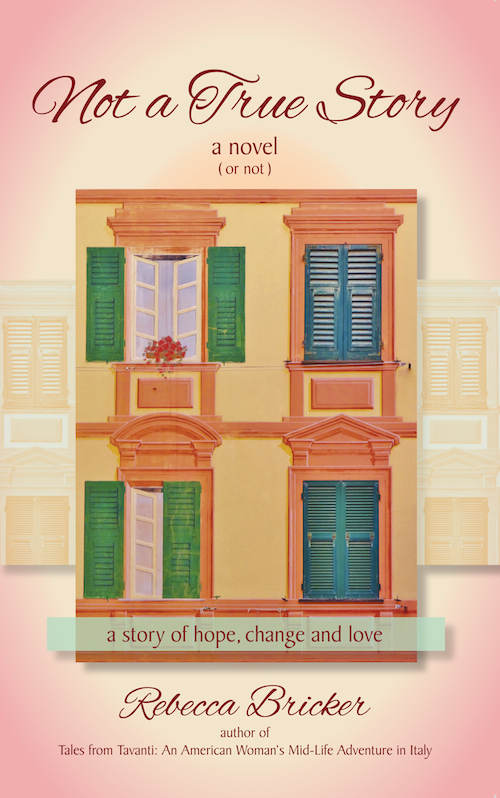 I was 19, sitting in a darkened lecture hall during a college art-history class, when I first saw Giotto’s frescoes at the Scrovegni Chapel in Padua, an old university town (where Galileo once taught) in the Veneto region of northern Italy.
I was 19, sitting in a darkened lecture hall during a college art-history class, when I first saw Giotto’s frescoes at the Scrovegni Chapel in Padua, an old university town (where Galileo once taught) in the Veneto region of northern Italy.
The images, projected on a big screen, took my breath away. As the professor clicked through the slides, I wanted her to slow down so that I could savor them. Considered to be Giotto’s masterwork, the Scrovegni Chapel frescoes chronicle the story of the Virgin Mary and Jesus in a narrative of scenes that decorate the chapel walls, to stunning effect.
I’m going there someday to see this place for myself, I thought.
Forty years after that art-history lecture, I finally made my pilgrimage to Padua — and the experience was nothing short of sublime.
 Visiting the Scrovegni Chapel isn’t something you do casually. Booking in advance is essential. You might get in without a reservation during the off-season, but I wouldn’t leave it to chance. And don’t expect to saunter into the chapel. The first stop is the cloakroom — no cameras or handbags/backpacks allowed.
Visiting the Scrovegni Chapel isn’t something you do casually. Booking in advance is essential. You might get in without a reservation during the off-season, but I wouldn’t leave it to chance. And don’t expect to saunter into the chapel. The first stop is the cloakroom — no cameras or handbags/backpacks allowed.
Then you head down a pathway to a waiting area outside a glass-and-steel structure that adjoins the chapel, until your scheduled entry time. To maintain the chapel’s carefully controlled micro-climate that protects the frescoes from deterioration, you’re then ushered into an anteroom where you stay for 15 minutes. There’s a film about the Scrovegni family and the restoration of the frescoes, so the time passes quickly. Just as the film ends, the previous group of visitors is escorted out through a set of exit doors. After those doors close, the interior doors of the anteroom open — minimizing the flow of outdoor air into the chapel.
 Groups are limited to 25 and the chapel visits last only 15 minutes.
Groups are limited to 25 and the chapel visits last only 15 minutes.
Fifteen minutes?! When I read that in the fine print on the chapel’s booking site, I hoped it was a typo. But no.
As I walked up the ramp into the chapel at my appointed time, I took a deep breath, hoping every pore of my being would fully absorb the next 15 minutes.
First came the WOW moment. The chapel was as magnificent as I had imagined. I stood rooted, trying to take it all in, feeling like I was in an enormous jewel box. On the long barrel-vault ceiling, heavenly stars shone in gold against the intense blue pigment of the sky. Autumn sunlight streamed in through the chapel’s side windows, illuminating the frescoes.

(view of The Last Judgment fresco)
Giotto began work on the frescoes in 1303, two years before the chapel was consecrated. Thirty-eight scenes, presented chronologically, are displayed in three tiers around the chapel walls. It’s like viewing an immense storyboard that invites and requires you to move with the action.
Not only was Giotto a master artist, he was a sublime storyteller, capturing tender moments and profound emotion in these panels.
 I was riveted to the panel depicting the loving kiss between Mary’s mother and father, Anne and Joachim. He has just returned from a sojourn in the desert, praying that God would bless them with a child. Joachim and Anne are no longer young. You can see that in his gray hair and the wrinkles around her eyes. There’s something about her wide-eyed expression as she kisses him that made me smile. Is she saying, Don’t ever do that again! Do you know how worried I’ve been?
I was riveted to the panel depicting the loving kiss between Mary’s mother and father, Anne and Joachim. He has just returned from a sojourn in the desert, praying that God would bless them with a child. Joachim and Anne are no longer young. You can see that in his gray hair and the wrinkles around her eyes. There’s something about her wide-eyed expression as she kisses him that made me smile. Is she saying, Don’t ever do that again! Do you know how worried I’ve been?
Giotto adds a touch of levity to several scenes. In one of the preceding panels, as Joachim appears bowed by his sorrow in his wanderings, a playful shepherd’s dog jumps up to greet him.
I lost a few crucial minutes, flipping through my guidebook, reading about the scenes that follow: the birth of Mary, her presentation at the temple as a child, her wooers praying for a sign telling who will be chosen as her husband, and her marriage to Joseph (the eldest bachelor in the group).
The birth of Jesus is beautifully rendered, with Mary gently laying her newborn in the manger. (Joseph is already asleep. He clearly had had an exhausting day.)
Giotto’s subliminal humor returns in the Flight into Egypt panel. A stoic-looking Mary holds baby Jesus as they ride on a donkey through the desert, fleeing the murderous King Herod. Joseph appears to be looking to a young male guide for directions. The guide, in turn, is looking up at an angel, who’s pointing the way. Leave it to a woman to get them out of the desert, Giotto seems to say.
Humor turns to horror in next panel, the Slaughter of the Innocents, which is one of the most heart-wrenching in the series. Fearing the prophecy that a baby had been born in Bethlehem who would usurp him as King of the Jews, Herod ordered the murder of boys under two. In the panel, he watches from a loggia as his soldiers take little boys from their anguished mothers, who stand next to a pile of corpses. During chapel restoration work in recent years, the cleaning of the frescoes revealed trails of tears on the wailing mothers’ faces.
In the next scenes, Jesus grows up, is baptized and performs his first miracle — turning water into wine at the Wedding at Cana. A portly monk raises his goblet, confirming the miracle.
Jesus’ life unfolds: he brings Lazarus back to life and throws the money-changers out of the temple. And then he rides into Jerusalem, on the road to his destiny.
I was enchanted by the sweet expression on the face of the donkey that carried Jesus into Jerusalem, who looked much like the donkey that carried him from Egypt as a baby…
And then suddenly, a bell went off.
I looked at my watch. It was 2:15. My 15 minutes were over.
Noooooooo!
I hurried back to the ticket office. “I’ve waited 40 years to see this and 15 minutes wasn’t enough,” I pleaded with the woman at the counter. “Is there any chance I could buy another ticket this afternoon?”
She smiled as she clicked a few keys on her computer. “Would 3:10 be okay?”
“Grazie mille!” I gladly handed her another €13 for my second ticket of the day.
“For you, €6,” she said.
I wanted to hug her.
I sat down with my guidebook and crammed for the next half hour, like I used to do for my art-history exams. I had everything mapped out in my mind when I entered the chapel the second time, at precisely 3:25.
 The light was more diffused. The low sunbeams illuminated Christ ascending to heaven — one of the panels I had only glanced at during my first visit. The gold halos of the figures caught the sunlight and seemed to tip forward from the wall. Giotto’s command of chiaroscuro enabled him to essentially sculpt with paint. I leaned over the railing to look closely at the surface of the chapel wall and smiled at Giotto’s sleight of hand. Those 3-D halos were an illusion.
The light was more diffused. The low sunbeams illuminated Christ ascending to heaven — one of the panels I had only glanced at during my first visit. The gold halos of the figures caught the sunlight and seemed to tip forward from the wall. Giotto’s command of chiaroscuro enabled him to essentially sculpt with paint. I leaned over the railing to look closely at the surface of the chapel wall and smiled at Giotto’s sleight of hand. Those 3-D halos were an illusion.
Giotto renders the stories of The Passion like a master filmmaker, capturing the drama and emotional undertow of every scene: the Last Supper, the Washing of the Feet, the Kiss of Judas, the Flagellation, the Road to Calvary, the Crucifixion.
And then there is Mary, holding her dead son in her arms. I stood still for a moment. My heart, as a mother, ached.
 I studied the immense Last Judgment fresco above the front door. The chapel’s owner, wealthy banker Enrico Scrovegni, is prominent in this fresco. It’s said he built the chapel to save his father’s soul — and his own. Both of them had been usurers and their sins of avarice and greed surely would have condemned them to Hell. In this fresco, Scrovegni is shown, on bended knee, presenting a model of the chapel to the Madonna and Saints John the Evangelist and Catherine of Alexandria. There’s palpable irony in this as a kneeling friar holds the model of the chapel on his own shoulder, bearing the weight of Scrovegni’s gesture.
I studied the immense Last Judgment fresco above the front door. The chapel’s owner, wealthy banker Enrico Scrovegni, is prominent in this fresco. It’s said he built the chapel to save his father’s soul — and his own. Both of them had been usurers and their sins of avarice and greed surely would have condemned them to Hell. In this fresco, Scrovegni is shown, on bended knee, presenting a model of the chapel to the Madonna and Saints John the Evangelist and Catherine of Alexandria. There’s palpable irony in this as a kneeling friar holds the model of the chapel on his own shoulder, bearing the weight of Scrovegni’s gesture.
The theme of the fresco series is summed up in the Last Judgment scene. Christ hovers in an almost three-dimensional ring of color and light, surrounded by saints and angels. Redemption and sin are juxtaposed, with the Blessed on His right and the Damned, on His left, flowing in a fiery river to Hell.
I turned away from the beastly image of Satan, with the hind legs of a sinner hanging out of his hungry mouth.
In my last precious moments, I re-visited the loving kiss between Joachim and Anne and that adorable donkey carrying Jesus into Jerusalem.
This second visit was much more tranquillo. I walked through the story that Giotto had so meticulously crafted, savoring the beauty and pathos of it.
 I checked my guidebook one last time. There was something wonderful I had missed during the first visit: Halley’s Comet soaring over the stable where Jesus was born — an historical wink from Giotto. The comet had been seen over Italy a few years before he began the frescoes.
I checked my guidebook one last time. There was something wonderful I had missed during the first visit: Halley’s Comet soaring over the stable where Jesus was born — an historical wink from Giotto. The comet had been seen over Italy a few years before he began the frescoes.
I stood at the front of the chapel, looking up at the ceiling’s heavenly firmament. A wish of 40 years had come true that day and I thanked my lucky stars…just as the bell rang.
{ 7 comments }







